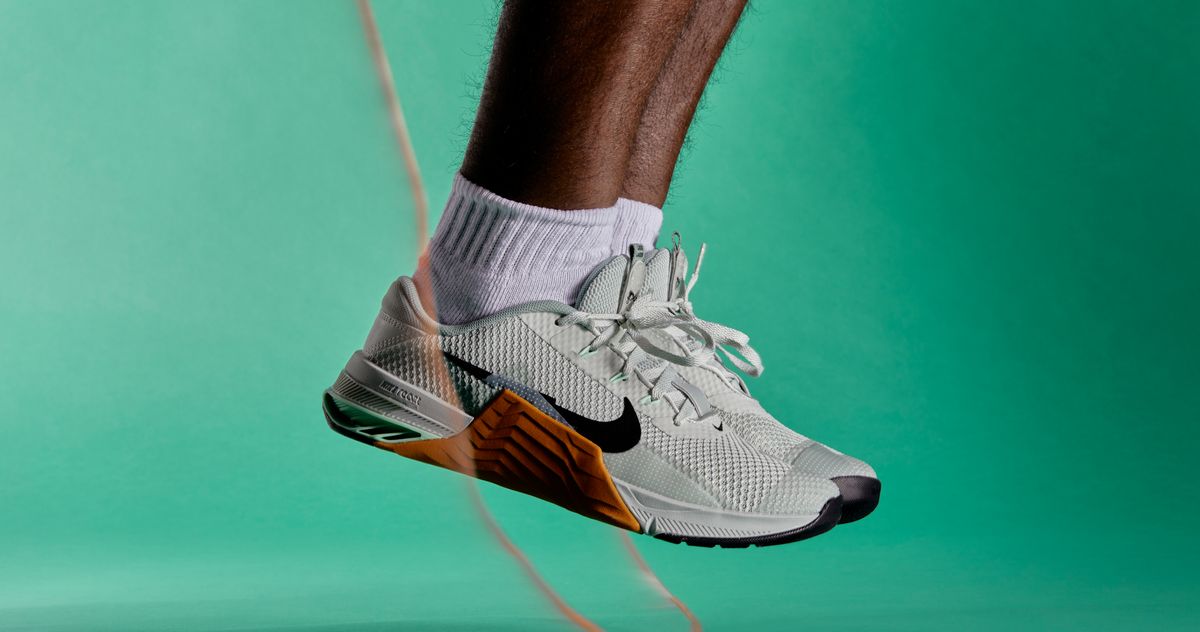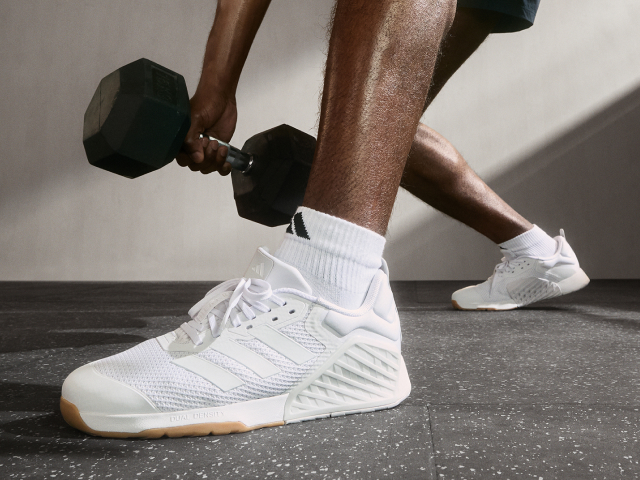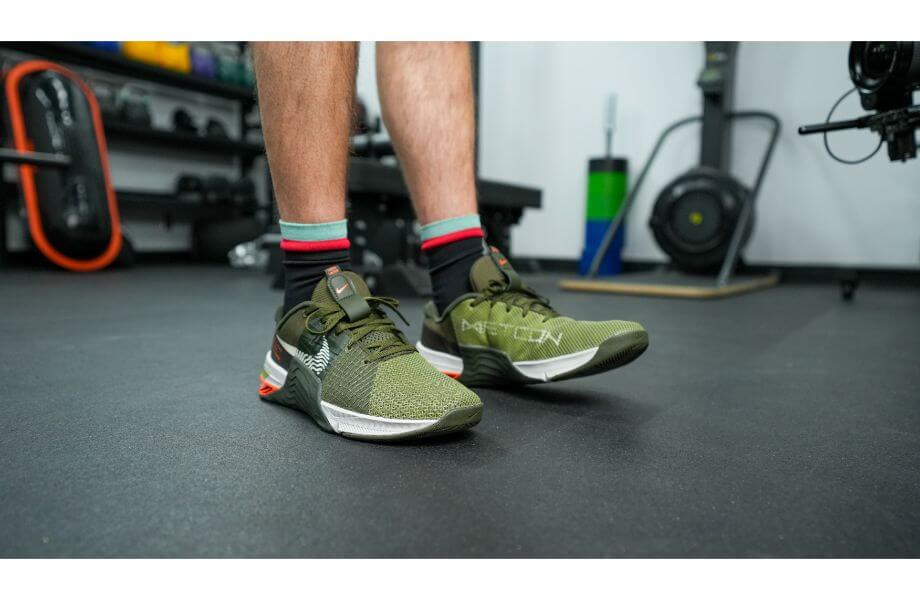Are you ready to take your workouts to the next level? Choosing the right men fitness shoes can make all the difference in your performance and comfort.
Whether you’re hitting the gym, going for a run, or just staying active, the right pair supports your feet, boosts your confidence, and helps prevent injuries. You’ll discover how to find the perfect fitness shoes tailored to your needs, so you can move better and feel unstoppable every step of the way.
Keep reading to unlock the secret to upgrading your fitness gear!
Choosing The Right Fit
Choosing the right fit for men’s fitness shoes is crucial for comfort and performance. Shoes that fit well reduce the risk of injury and improve your workout experience. A proper fit supports your feet during every step and movement.
Understanding how to select the correct size and width can save you from discomfort and pain. It also helps your shoes last longer. Here are some key points to consider when choosing fitness shoes.
Measuring Your Foot Size
Measure your feet at the end of the day when they are largest. Use a ruler or a measuring tape to get the length from heel to toe. Repeat for both feet and choose the larger measurement. This ensures the shoes won’t feel tight during workouts.
Wear the socks you plan to use during exercise while measuring. This gives a more accurate size. Try standing on a piece of paper and tracing your foot outline for better results.
Understanding Shoe Widths
Foot width varies from person to person. Some have narrow feet, others wide. Fitness shoes come in different widths to fit better. Common widths include narrow (N), medium (M), wide (W), and extra wide (XW).
Selecting the correct width prevents pinching and blisters. Shoes too tight or too loose cause discomfort and affect your balance. If unsure, consult size charts or ask for help at the store.
Importance Of Proper Fit
Properly fitting shoes protect your feet during exercise. They provide the right support and cushioning. This lowers the chance of sprains, blisters, and other injuries.
A good fit also improves your workout efficiency. Your feet move naturally without restrictions. It keeps you comfortable even during long sessions.

Credit: nymag.com
Types Of Fitness Shoes
Fitness shoes come in different types. Each type suits a specific workout or activity. Choosing the right shoe helps improve performance and prevents injury.
Understanding the main types of fitness shoes can guide you to better choices. Here are the common categories men should know about.
Running Shoes
Running shoes are designed for forward motion. They offer cushioning to absorb impact. Lightweight materials help you move faster. The soles have good grip for road or track. Support is focused on the arch and heel. These shoes reduce stress on joints during runs.
Cross-training Shoes
Cross-training shoes fit various workouts. They provide stability for side-to-side movement. The soles are firm for weightlifting but flexible for cardio. These shoes balance support and comfort well. Ideal for gym sessions that mix exercises.
Weightlifting Shoes
Weightlifting shoes have a solid, flat sole. This design gives a strong base for heavy lifts. The raised heel helps with squat depth and posture. Straps keep your feet secure during lifts. They improve balance and power in lifting.
Casual Athletic Shoes
Casual athletic shoes combine style and light fitness use. They are comfortable for walking and light exercise. These shoes have softer soles and more cushioning. Good for daily wear or light gym activities. They blend fitness features with casual looks.
Materials And Construction
The materials and construction of men’s fitness shoes affect comfort and performance. Good shoes offer support, breathability, and durability. Every part has a role in making the shoe fit well and last long. Understanding these features helps choose the right pair.
Breathable Uppers
Breathable uppers let air flow through the shoe. This keeps feet cool and dry during workouts. Mesh fabric is common because it is light and allows airflow. Some shoes use knit materials for a snug fit and breathability. Breathable uppers reduce sweat and prevent bad odors.
Cushioning Technologies
Cushioning absorbs shock and protects feet from impact. Foam midsoles are popular because they are soft and light. Some shoes use air or gel pods to add extra padding. Good cushioning helps reduce foot fatigue during long exercise sessions. It supports the foot and improves comfort.
Durable Outsoles
Durable outsoles provide grip and protect shoes from wear. Rubber is often used for its toughness and slip resistance. Some outsoles have special patterns for better traction on different surfaces. Durable soles extend the life of fitness shoes. They ensure steady footing during workouts.

Credit: www.adidas.com.au
Features For Comfort
Comfort plays a big role in choosing men’s fitness shoes. Shoes that feel good help you train longer and avoid pain. Key features work together to keep your feet supported and cushioned during every step.
Arch Support
Good arch support keeps your feet aligned. It reduces strain on muscles and joints. Shoes with built-in arch support help prevent foot pain and fatigue. This feature is important for all foot types.
Heel Stability
Heel stability stops your foot from slipping inside the shoe. It keeps your foot steady during fast moves. This feature protects your ankles and reduces injury risks. A firm heel counter gives strong support.
Shock Absorption
Shock absorption cushions each step. It lowers impact on knees and hips. Fitness shoes use soft midsoles to absorb shock well. This helps you stay comfortable on hard surfaces and during high-impact workouts.
Enhancing Performance
Men’s fitness shoes play a big role in improving workout results. The right shoes help the body move freely and safely. They support better balance, speed, and strength. Choosing shoes with smart features can boost your training performance and comfort.
Lightweight Designs
Lightweight fitness shoes reduce the effort needed to lift your feet. They feel like a natural part of your body. Less weight means faster movement and less tiredness. These shoes help you run, jump, or lift with ease. They also lower the risk of foot fatigue during long workouts.
Traction Patterns
Traction patterns on the soles keep you steady on many surfaces. Good grip prevents slipping and improves balance. Different patterns suit different activities like running or weightlifting. Shoes with strong traction help you push harder and move with confidence. They make every step safe and sure.
Flexibility And Mobility
Flexible shoes allow your feet to move naturally. This helps your muscles work better and reduces injury risk. Mobility-focused shoes bend and stretch with your foot’s motion. They support quick direction changes and smooth movements. Flexibility in shoes means better control and comfort during workouts.
Common Mistakes To Avoid
Choosing the right fitness shoes is important for comfort and performance. Many men make common mistakes that hurt their workout and foot health. Avoid these errors to get the most from your shoes and workouts.
Ignoring Shoe Wear
Worn-out shoes lose support and cushioning. This can cause pain and injuries. Check your shoes often for signs of wear. Replace them when the soles are smooth or the padding feels thin. Old shoes can hurt your feet and slow you down.
Choosing Style Over Function
Good looks are tempting but not always practical. Shoes must fit your foot and match your workout type. Running shoes differ from gym shoes. Pick shoes that provide support, grip, and comfort. Style alone won’t protect your feet or improve performance.
Skipping Proper Lacing
Loose or uneven laces cause blisters and poor foot stability. Tighten laces evenly to keep feet secure. Proper lacing helps prevent slipping inside the shoe. This reduces the risk of injuries and improves balance during exercise.
Care And Maintenance Tips
Taking care of men’s fitness shoes helps them last longer and perform better. Proper care keeps shoes clean, fresh, and comfortable. It also protects your investment and supports foot health during workouts.
Simple habits can prevent damage and wear. Regular cleaning and correct storage make a big difference. Knowing when to replace shoes helps avoid injuries and discomfort.
Cleaning Methods
Remove dirt and dust with a soft brush or cloth. Use mild soap and water for stains. Avoid soaking shoes completely. Let them air dry at room temperature. Never use a dryer or direct sunlight. For stubborn stains, use a gentle sneaker cleaner. Clean insoles separately to remove odor and sweat.
Storage Recommendations
Store shoes in a cool, dry place. Avoid damp or hot areas that damage materials. Use shoe trees or stuff with paper to keep shape. Keep shoes away from direct sunlight. Rotate shoes to allow them to air out. Proper storage prevents mold and bad smells.
When To Replace Shoes
Replace shoes after 300 to 500 miles of use. Notice worn soles or compressed cushioning. Pay attention to discomfort or new aches. Shoes lose support and shock absorption over time. Changing shoes on time protects feet and improves performance.

Credit: www.garagegymreviews.com
Top Brands And Models
Choosing the right fitness shoes is key to improving your workout. Top brands offer models designed for specific activities. This guide highlights popular choices for running, cross-training, and weightlifting. Each shoe supports your feet and boosts performance.
Popular Running Shoes
Nike Air Zoom Pegasus is a favorite for many runners. It offers great cushioning and breathability. Adidas Ultraboost combines comfort with energy return. Brooks Ghost is known for smooth rides and durability. These shoes suit beginners and experienced runners alike.
Best Cross-trainers
Cross-trainers must handle various movements. Reebok Nano series provides stability for lifting and agility for cardio. Nike Metcon offers excellent grip and support for intense workouts. Under Armour Tribase helps with balance and power. These models work well for mixed training sessions.
High-performance Weightlifting Shoes
Weightlifting shoes need solid soles and ankle support. Adidas Adipower is popular for its firm base and comfort. Nike Romaleos offers great stability and lockdown fit. Inov-8 Fastlift combines lightweight feel with strong support. Such shoes improve lifting form and safety.
Frequently Asked Questions
What Are The Best Men’s Fitness Shoes For Running?
The best men’s fitness shoes for running offer cushioning, support, and durability. Look for shoes with breathable material and good shock absorption. Proper fit is essential to prevent injuries and enhance performance.
How To Choose The Right Size For Fitness Shoes?
Measure your foot length and width before buying. Choose shoes with a thumb’s width space at the toe. Always try shoes on with workout socks for an accurate fit.
Which Materials Are Ideal For Men’s Fitness Shoes?
Breathable mesh and synthetic materials are ideal. They provide ventilation, flexibility, and lightweight comfort. Durable rubber soles offer excellent grip and traction during workouts.
Can Fitness Shoes Improve Workout Performance?
Yes, the right fitness shoes enhance stability and support. They reduce fatigue and prevent injuries. This helps improve overall workout efficiency and comfort.
Conclusion
Choosing the right men fitness shoes boosts comfort and performance. Good shoes support your feet during workouts and daily activities. They reduce injury risks and help you move better. Focus on fit, cushioning, and durability when picking shoes. Quality fitness shoes last longer and feel better.
Your feet deserve proper care and attention. Healthy feet lead to a healthy lifestyle. Keep your fitness routine strong with the right shoes. Simple steps make a big difference in your fitness journey.
